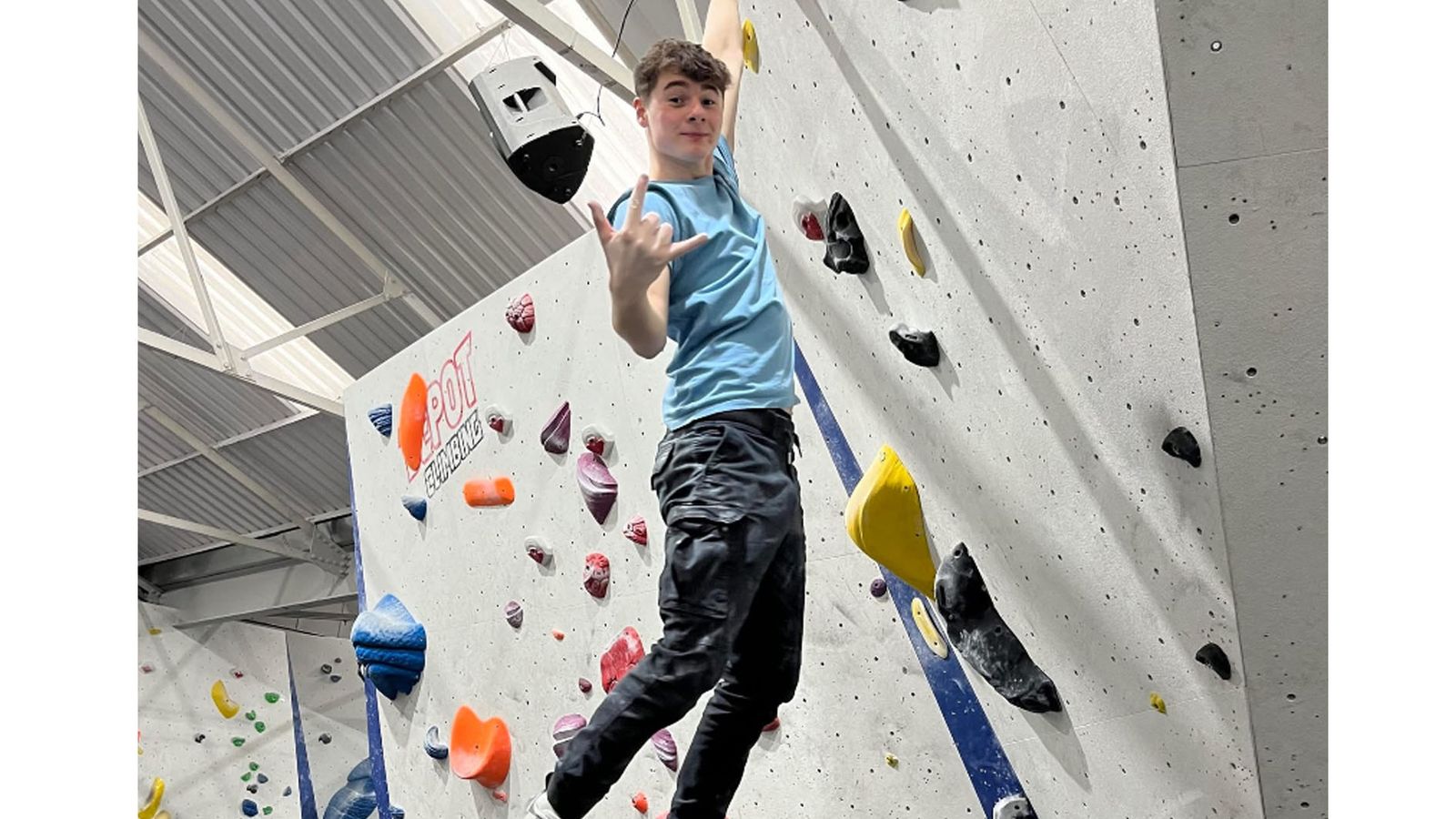The Beirut-born architect is aiming for the smallest possible carbon footprint with an African-inspired ‘great shelter’ for meeting in Kensington Gardens
A slender wooden parasol will unfurl in Kensington Gardens next summer in London, its radial ribs supporting an expansive, low-slung canopy beneath the trees. It is the elegant vision of Lina Ghotmeh, the Lebanese-born, Paris-based architect who has been announced as the designer of the 22nd annual Serpentine Gallery pavilion.
“It’s a bit Mary Poppins,” said Ghotmeh, speaking from her studio in Paris. “I wanted to create an open, inviting shelter, a place to sit and eat and talk together in nature, and rethink our relationship to each other and the living world.”
Titled À Table – the French call to sit down together to eat – the pavilion will feature a ring of tables and benches arranged around the centre of the space, designed for public meetings and discussions, or simply for park-goers to come and sit, read, eat or work. “It should feel like the kind of place you might get chatting to someone seated not far from you,” said Ghotmeh. “It is a modest, low space where you can feel close to the earth.”
The Beirut-born architect is aiming for the smallest possible carbon footprint with an African-inspired ‘great shelter’ for meeting in Kensington GardensA slender wooden parasol will unfurl in Kensington Gardens next summer in London, its radial ribs supporting an expansive, low-slung canopy beneath the trees. It is the elegant vision of Lina Ghotmeh, the Lebanese-born, Paris-based architect who has been announced as the designer of the 22nd annual Serpentine Gallery pavilion.“It’s a bit Mary Poppins,” said Ghotmeh, speaking from her studio in Paris. “I wanted to create an open, inviting shelter, a place to sit and eat and talk together in nature, and rethink our relationship to each other and the living world.”Titled À Table – the French call to sit down together to eat – the pavilion will feature a ring of tables and benches arranged around the centre of the space, designed for public meetings and discussions, or simply for park-goers to come and sit, read, eat or work. “It should feel like the kind of place you might get chatting to someone seated not far from you,” said Ghotmeh. “It is a modest, low space where you can feel close to the earth.” Continue reading…





